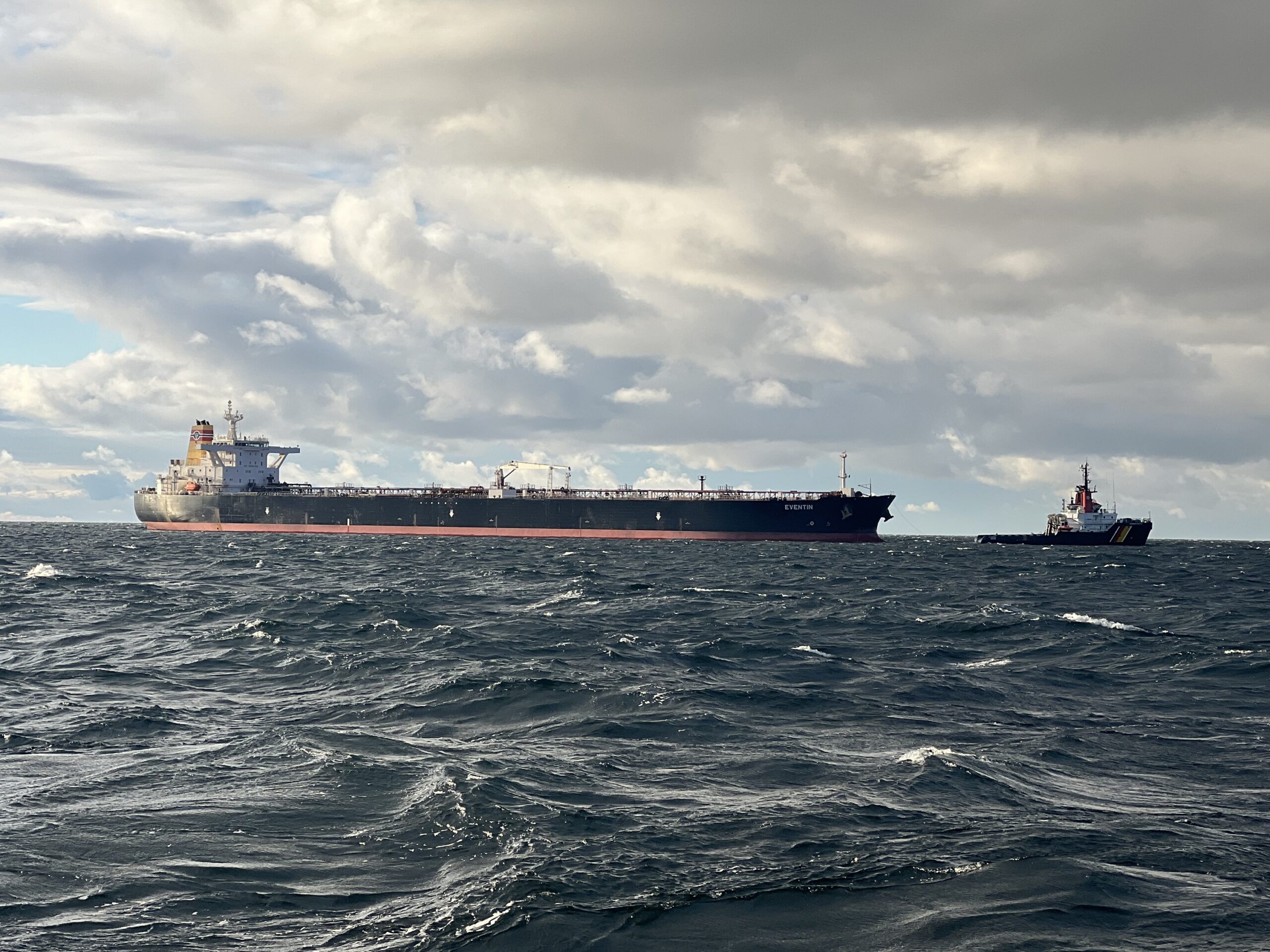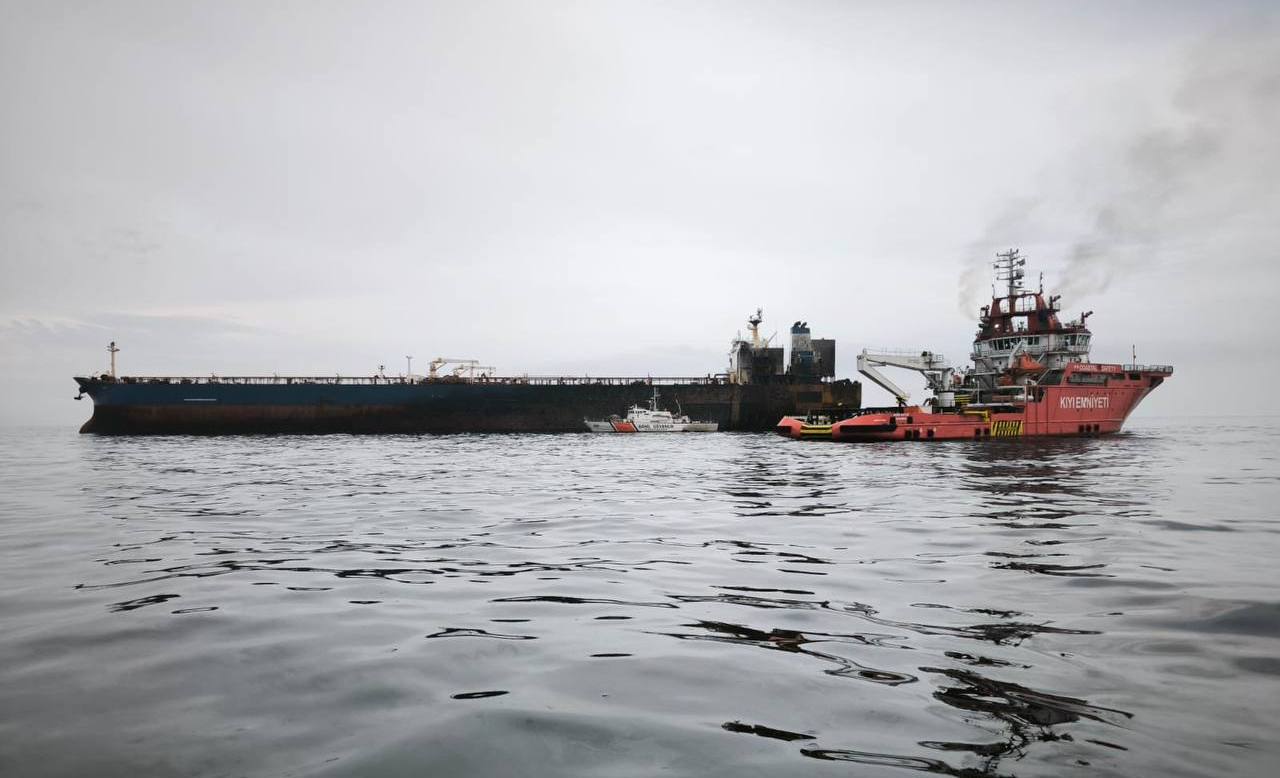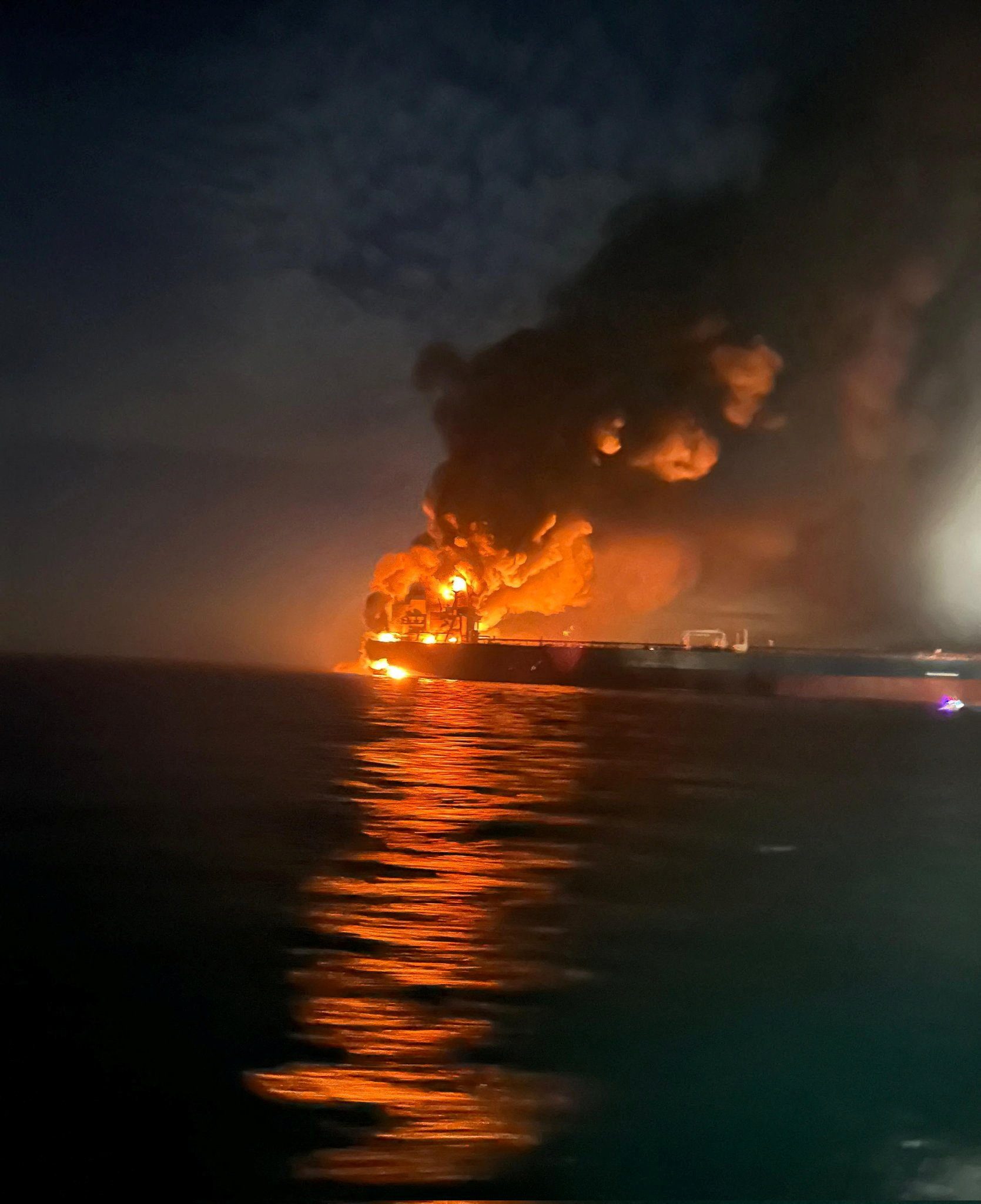By Julian Lee and Lucia Kassai
Apr 11, 2025 (Bloomberg) –A slump in oil prices is allowing Russia’s crude to be carried on tankers owned and insured by western companies, helping tighten the market for those ships around the Atlantic basin.
Oil prices have tumbled since President Donald Trump imposed sweeping tariffs on US trade partners earlier this month. That has driven Russia’s key Urals grade well below the $60-a-barrel price cap Western powers imposed on it in response to the 2022 invasion of Ukraine.
When prices were above that threshold, Russian crude couldn’t be carried on tankers owned, insured, or using other services provided by western companies. That forced Russia to ship oil on mostly older vessels, owned by little-known companies based in jurisdictions far from the reach of western authorities and often carrying substandard insurance.
That so-called shadow fleet has hauled most of Russia’s crude exports since the price cap was introduced in December 2022. Alongside Russia’s own ships, it still hauls almost all exports from Moscow’s Pacific and Arctic ports. But the pattern is changing at key outlets in the Baltic and Black Seas.
Russia typically ships 60 to 70 cargoes of crude a month from its Baltic and Black Sea ports, and the share hauled on western owned or insured tankers has soared as oil prices have fallen, reaching 43% of the vessels that have already loaded, or been booked to load, this month.
That’s up from around 30% in the first three months of the year, when crude prices were much closer to the $60 cap.
Urals prices have been below, or close to, the $60 threshold since the end of January, before slumping alongside international benchmarks in the first days of April. That has been accompanied by an increase in the number of ships owned by western companies or using insurance provided through the London-based International Group of insurance providers.
The increasing use of western ships to haul Russian cargoes is helping tighten the market for those vessels in the Atlantic, according to people with knowledge of the situation, who asked not to be named as they aren’t authorized to discuss the matter publicly. As more vessels were diverted to the Baltic and Black Seas, rates to ship US crude to Europe soared in the past month, reaching around $4.60 per transported barrel, up 50% from a month ago. And rates to move Colombian oil to Texas climbed 85% in the same period to a peak of around $3.10 this week.
Shadow fleet owners’ purchases of older ships had already taken several hundred vessels out of the regular market worldwide, while rising exports of Kazakhstan’s CPC grade from the Black Sea have further boosted demand. Shipments soared to 1.7 million barrels a day in February and remained around that level last month. That increased the demand for tankers by about four ships each month. And with more of that crude heading on long voyages to Asia — 28% in February and March, compared with just 5% in December — those ships are tied up for longer.
© 2025 Bloomberg L.P.

 Join The Club
Join The Club











